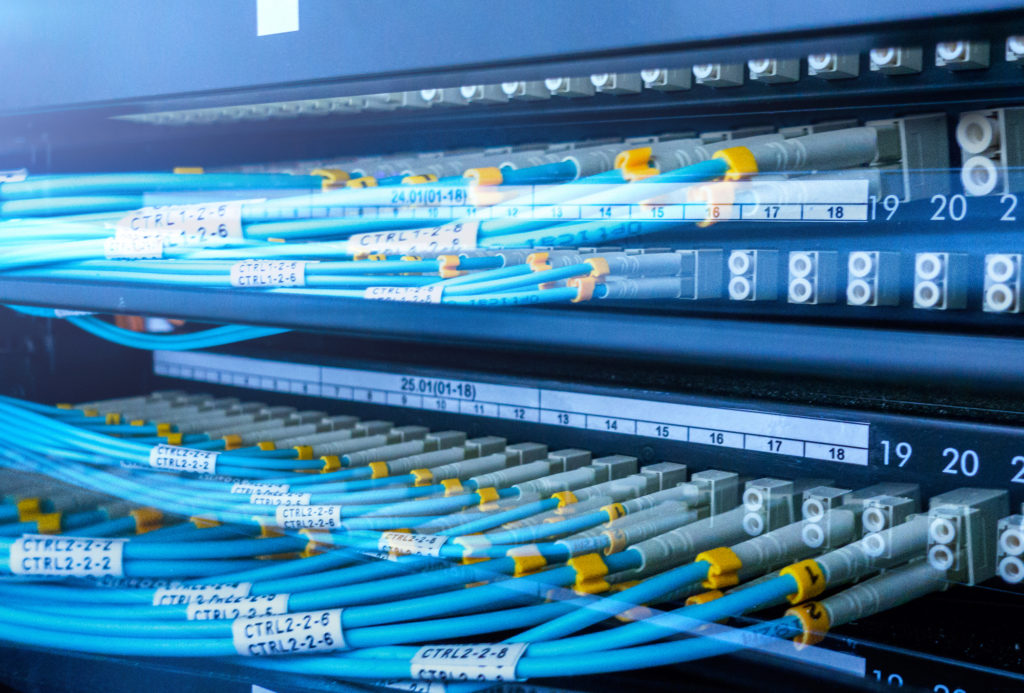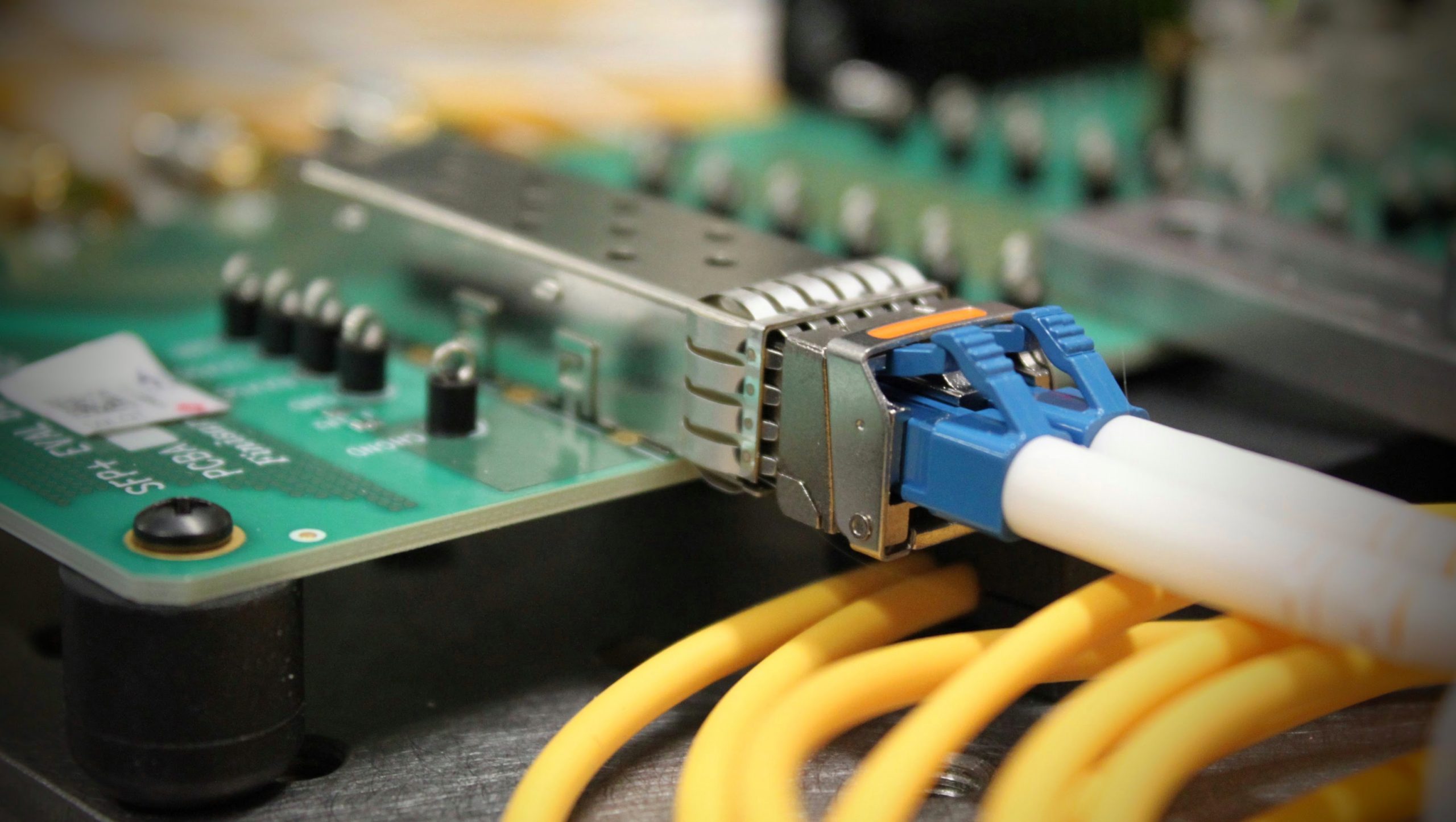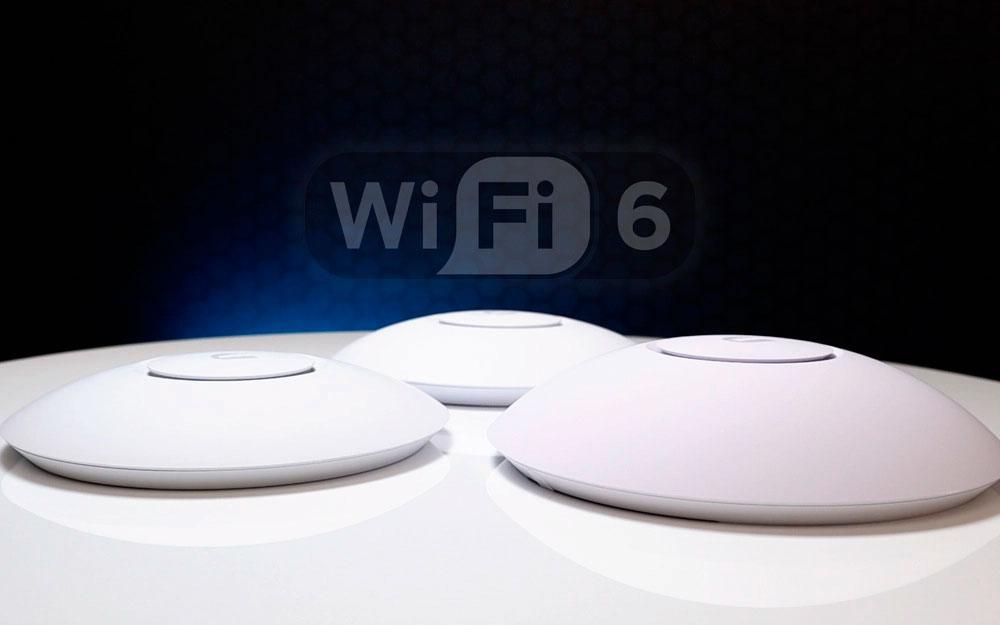In today’s hyper-connected world, reliable and high-speed data transmission is the lifeblood of any enterprise. Traditional copper cabling simply can’t keep pace with the ever-growing demands of bandwidth-intensive applications, cloud computing, and the Internet of Things (IoT). This is where fibre optic cabling specialists step in, wielding the light itself to weave the tapestry of tomorrow’s communication infrastructure.
But navigating the landscape of fibre optic cabling providers can be a daunting task. How do you separate the experts from the amateurs? What qualities should you prioritize when choosing a specialist for your organization’s critical network needs?
Fibre Optic Fundamentals:
Fibre optic cables transmit data using pulses of light instead of electrical currents. This translates to a multitude of advantages:
Unmatched Speed:
Fibre optic cables boast significantly higher bandwidth capabilities, enabling data transfer at lightning-fast speeds.
Superior Distance:
Signals travel further with minimal attenuation in fibre, making them ideal for long-distance applications.
Electromagnetic Immunity:
Fibre cables are immune to electromagnetic interference (EMI), ensuring pristine data transmission even in noisy environments.
Enhanced Security:
Data within fibre is inherently more secure as it’s much harder to tap than copper cables.
Durability:
Fibre cables are robust and resistant to corrosion, vibration, and temperature fluctuations, leading to longer lifespans and reduced maintenance costs.
Selecting the Right Fibre Optic Cabling Specialists:
With such compelling benefits, it’s no surprise that the demand for fibre optic cabling expertise is surging. However, selecting the right specialist requires careful consideration:
1. Experience and Expertise:
Seek a company with a proven track record in fibre optic installations, ideally across diverse project types and industry sectors. Look for certifications, accreditation, and memberships in relevant professional organizations.
2. Equipment and Technology:
Ensure the specialist possesses the latest tools and equipment for efficient and accurate fibre installation and testing. This includes fusion splicers, power meters, and specialized cleaning tools.
3. Scope of Services:
Does the specialist offer a comprehensive range of services? This should include:
- Project planning and design:
Consulting with you to tailor a solution that meets your specific needs and budget. - Cable selection and procurement:
Sourcing the right cable types and accessories for your application. - Installation and termination:
Implementing the cabling solution with precision and adherence to industry standards. - Testing and certification:
Verifying the performance and integrity of the installed fibre network. - Maintenance and support:
Providing ongoing care and troubleshooting to ensure optimal operation.
4. Communication and Collaboration:
Choosing a specialist committed to clear communication and transparent collaboration is crucial. They should proactively involve you in the project, address your concerns promptly, and keep you informed at every stage.
5. Safety and Sustainability:
Prioritize a specialist who adheres to strict safety protocols and environmental best practices. Look for certifications and training in fibre optic safety procedures.
6. Types of cable:
Multi-Mode (MM) OM1, OM2, OM3, OM4, OM5
Single-Mode (SC) OS1 & OS2
Investing in Future-Proof Connectivity:
Choosing the right fibre optic cabling specialist is an investment in your organization’s future. By partnering with a qualified and experienced professional, you can unlock the full potential of this revolutionary technology, ensuring your network is ready to meet the challenges and opportunities of a data-driven tomorrow. you can also consult from cabling services provider to get more info about the fibre optic cabling.
By following these guidelines and asking the right questions, you can find the ideal fibre optic cabling specialist to guide your organization through the future of data transmission. Remember, it’s not just about cables; it’s about harnessing the power of light to illuminate the path towards a seamless, agile, and interconnected future.






Leave A Comment